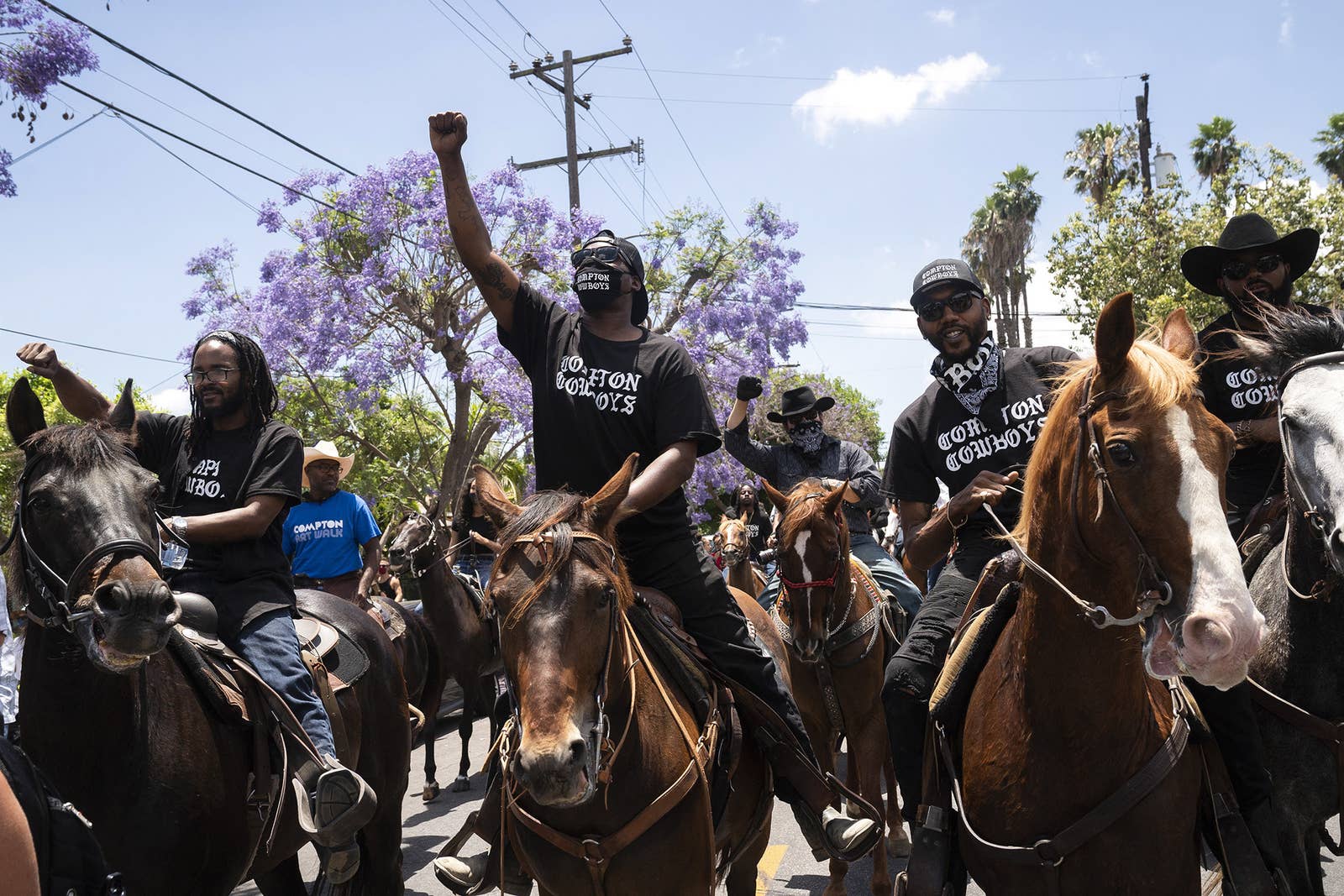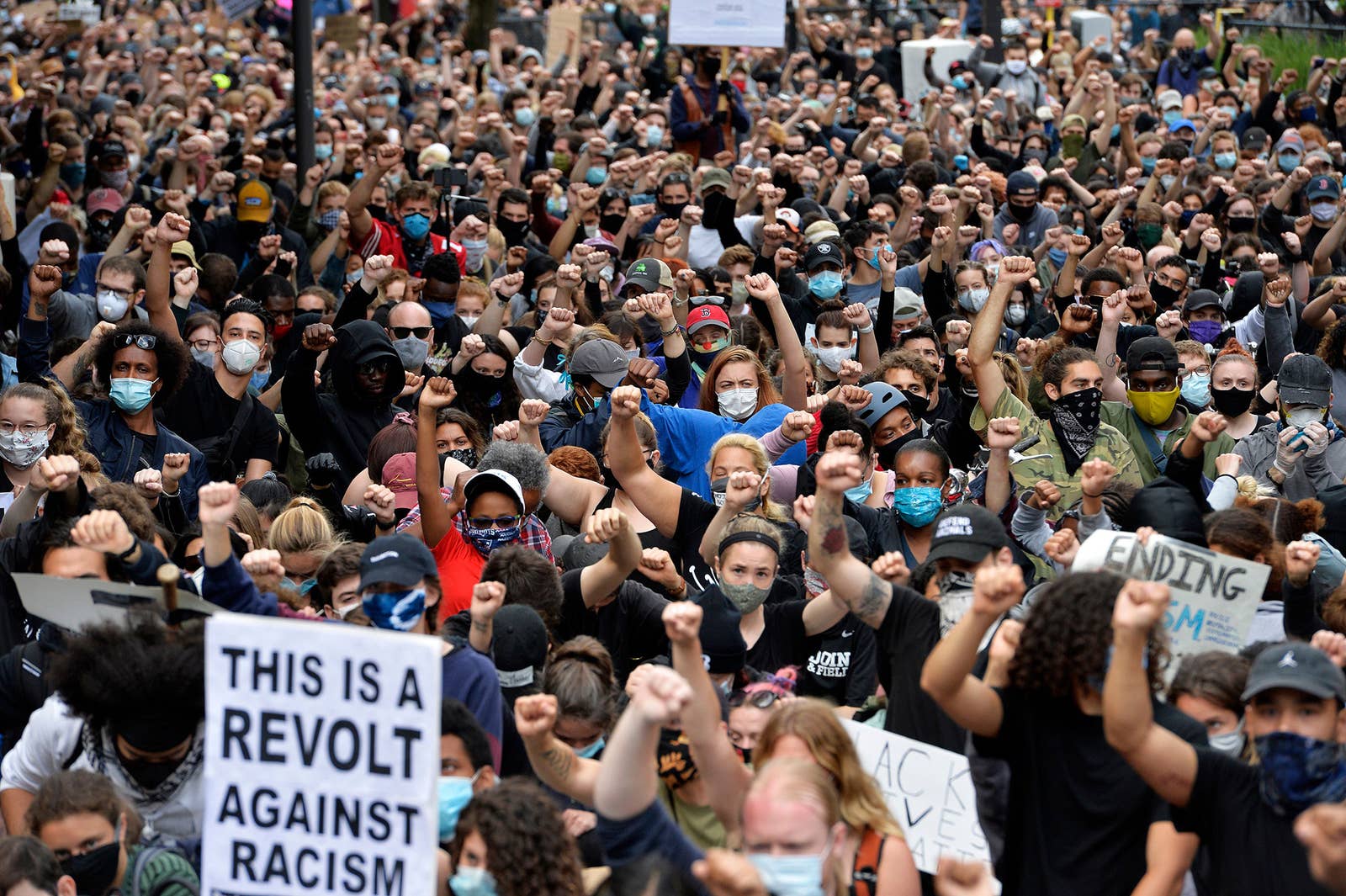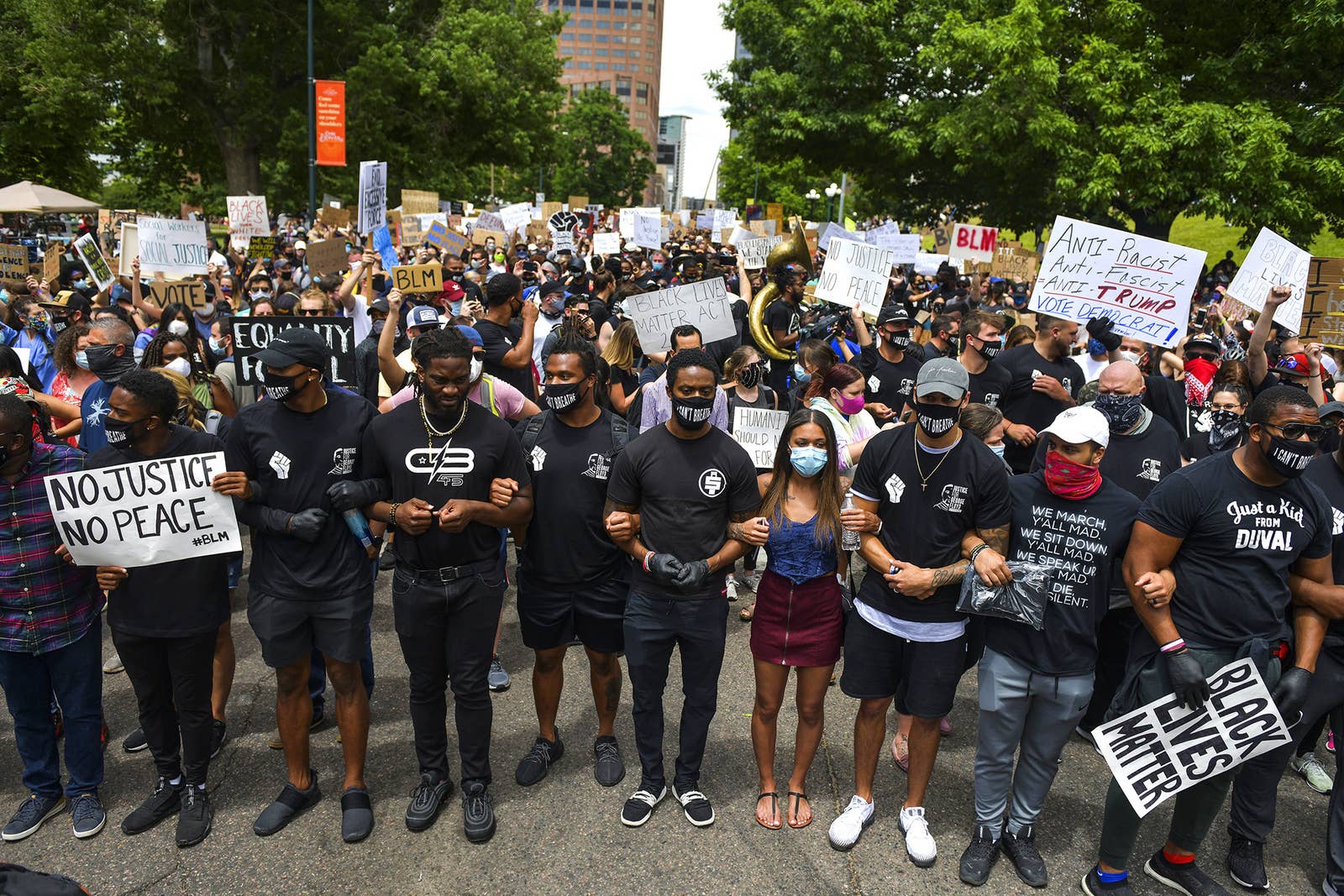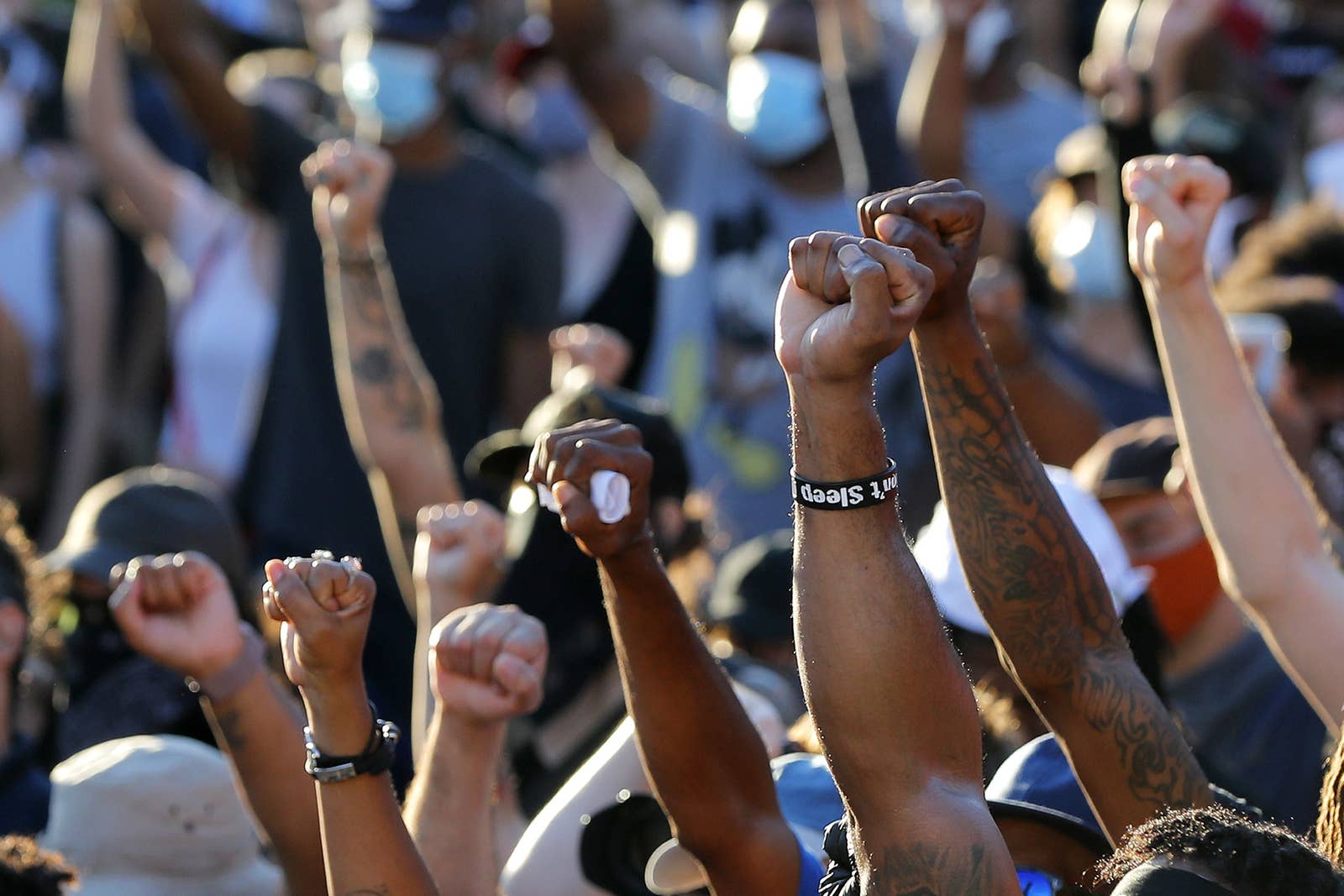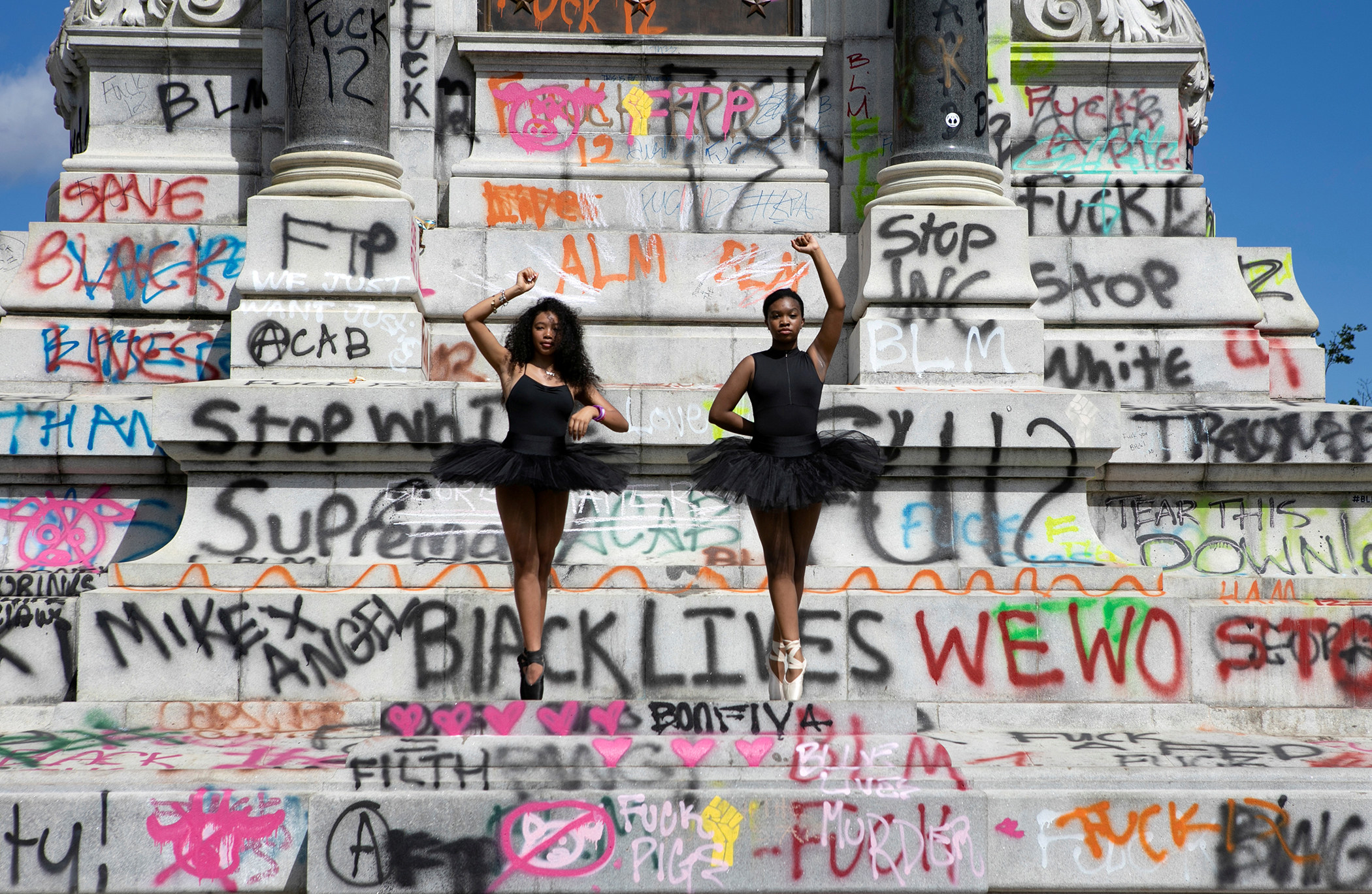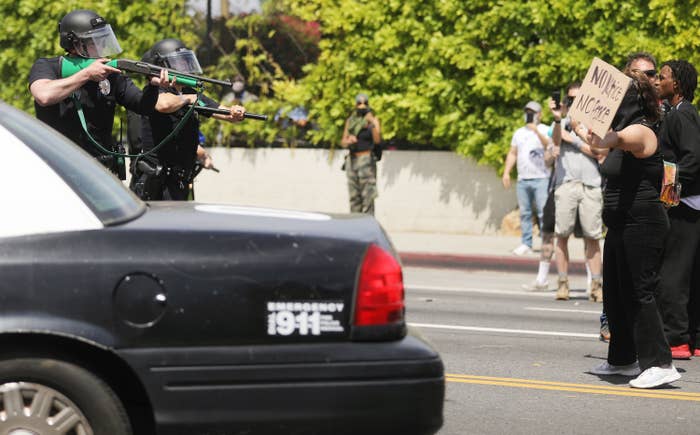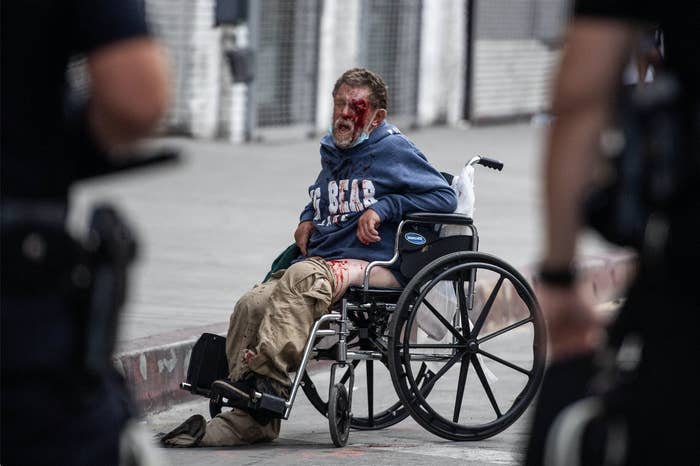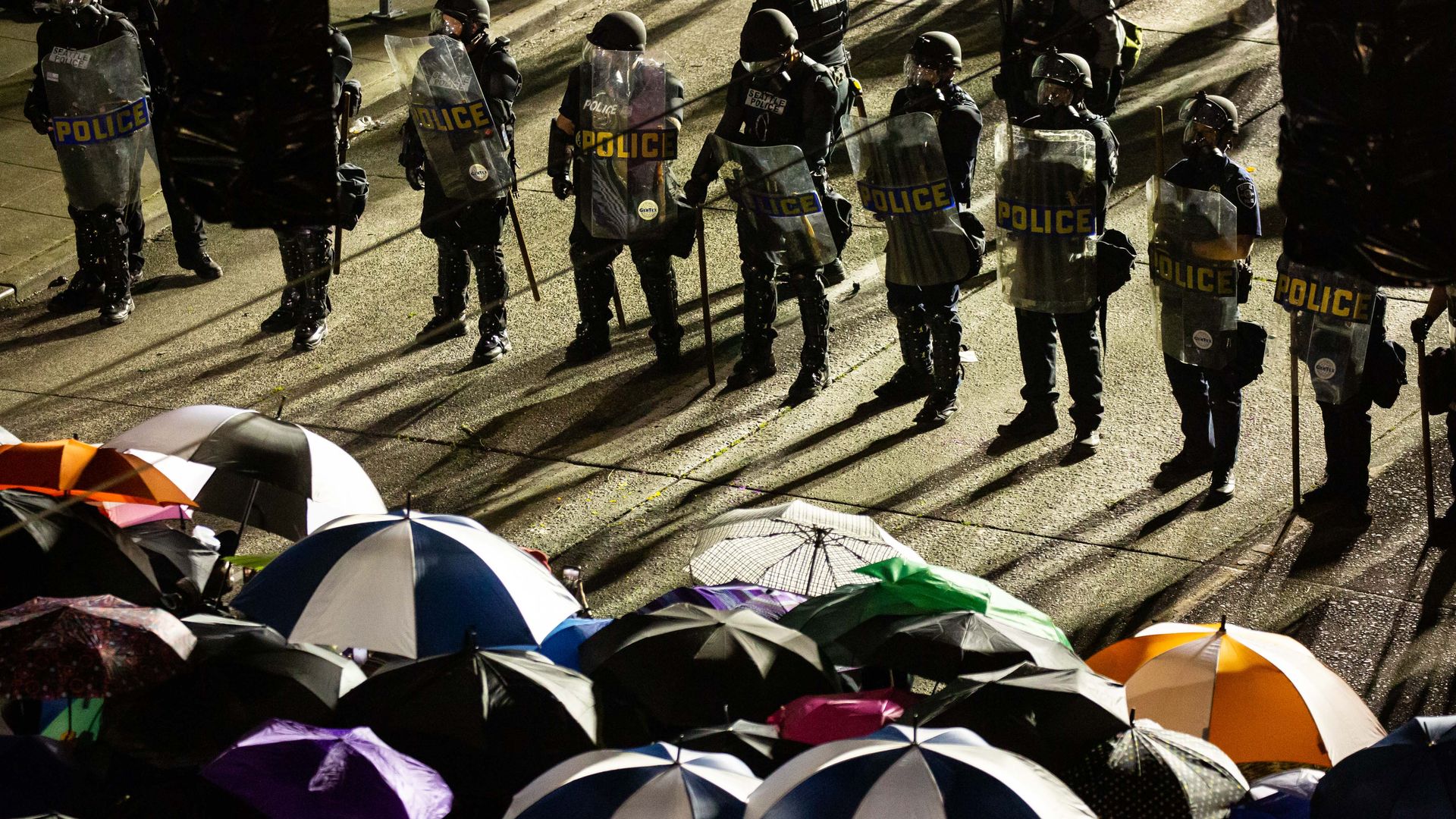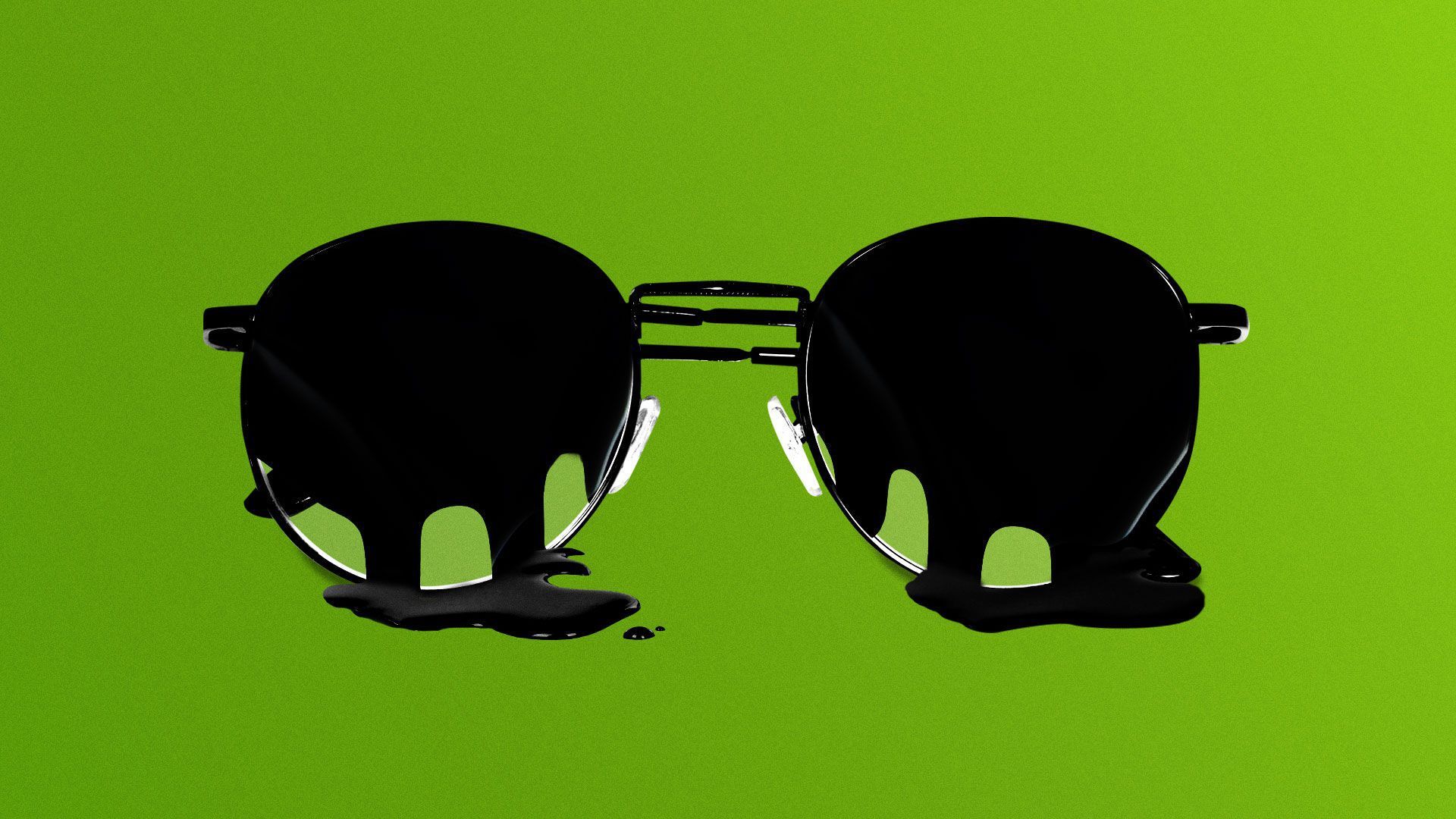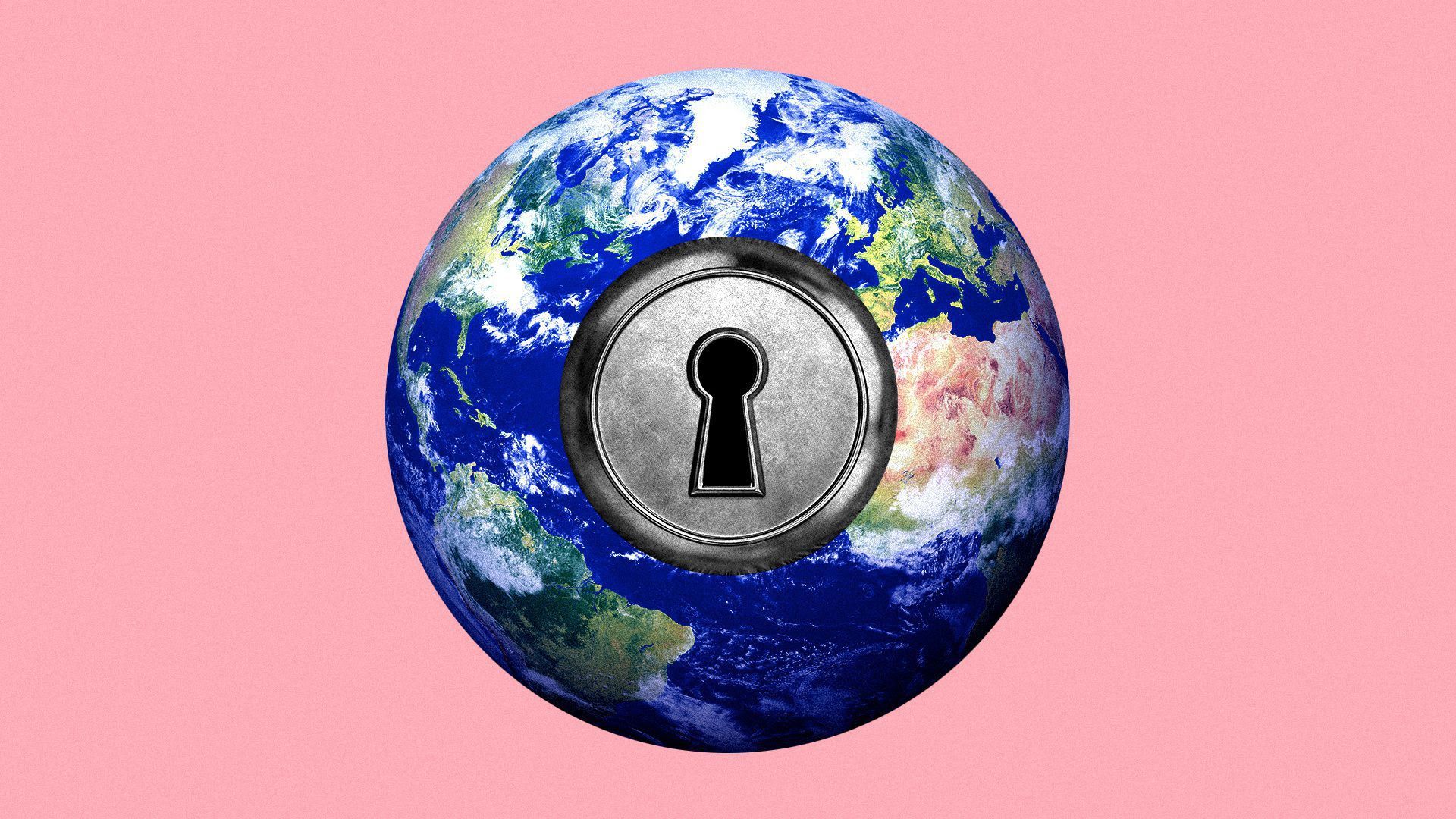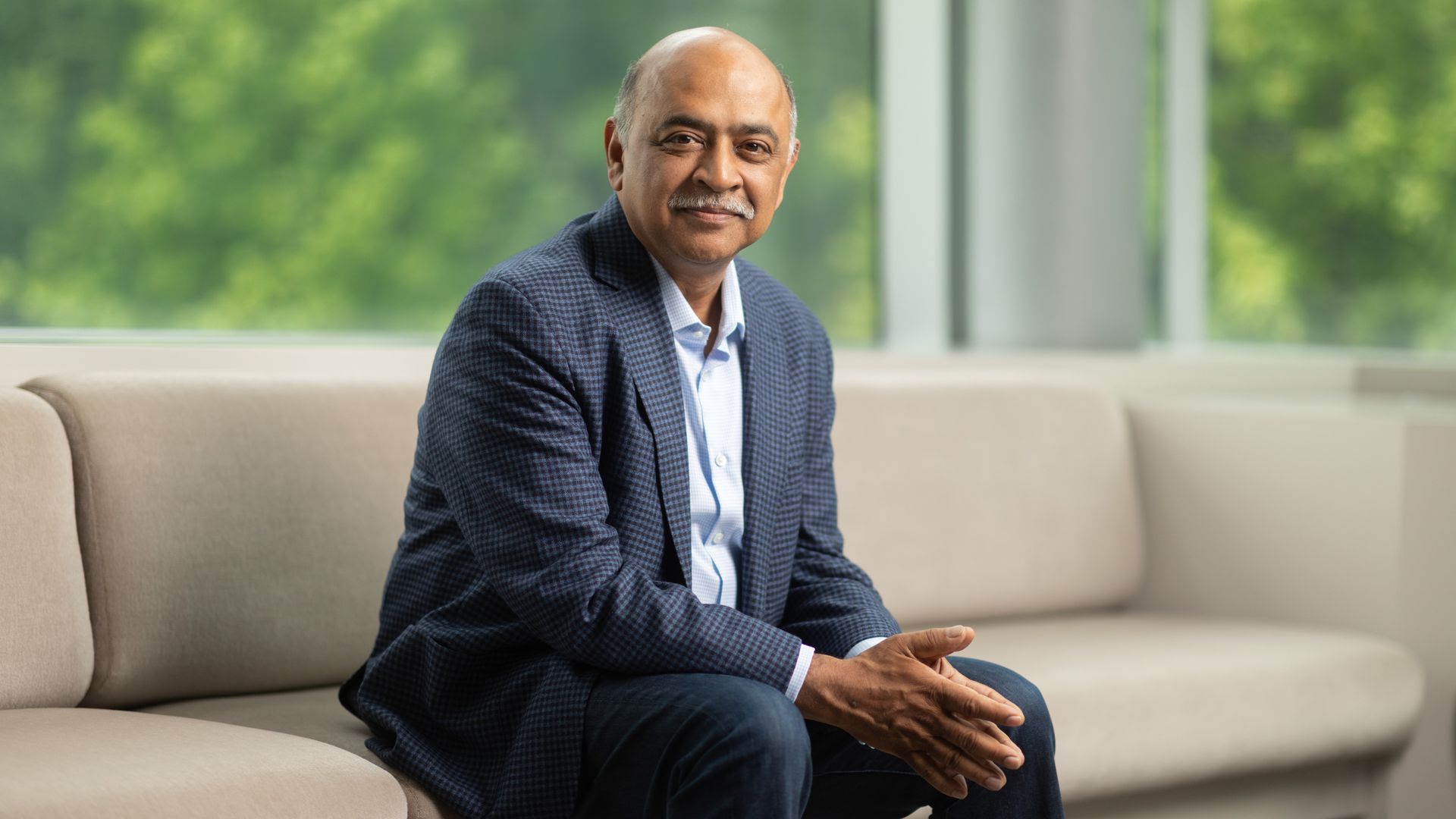June 8, 2020 By Sarah K. Burris

According to President Donald Trump’s campaign, the outbreak of outdoor public protests mean he can start holding rallies in large arenas again.
Politico reported Monday that the president will restart his “Make America Great Again” rallies in two weeks even if his older rally attendees run the risk of catching the coronavirus.
“Americans are ready to get back to action and so is President Trump. The great American comeback is real and the rallies will be tremendous,” campaign manager Brad Parscale said in a statement. “You’ll again see the kind of crowds and enthusiasm that sleepy Joe Biden can only dream of.”
He did not say whether the campaign would be requiring masks, temperature checks or masks to attend.
There are still states that are limiting gatherings, so it’s unclear where Trump will try to hold his rallies. At the same time, there are states that aren’t restricting crowds, like Texas, and are experiencing an uptick in cases and hospitalizations.
Trump is probably most needed in Colorado and Arizona for Sens. Martha McSally and Cory Gardner, both of whom are seen as likely losses for the GOP in November. While Arizona is open to anyone, Colorado’s order encourages outdoor recreation while prohibiting gatherings in groups larger than 10.
Florida has similarly reopened everything after refusing to lockdown. Still, however, Florida is restricting gatherings of 50 people or more.
The swing states of Ohio and Pennsylvania limit large gatherings as well that would stop a large Trump rally. In Ohio it is 10 or more and in Pennsylvania, depending on the county, it is 250 or more banned. Michigan won’t allow crowds of over 100 people.
It’s unknown if Trump will do his rally outside at a field or place where people can social distance or if he’ll pack people into smaller locations.
